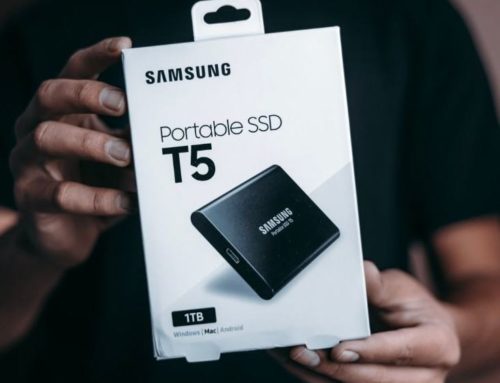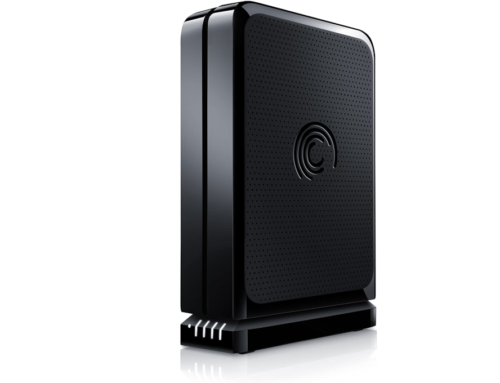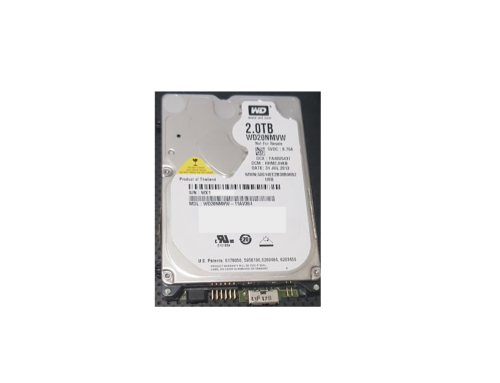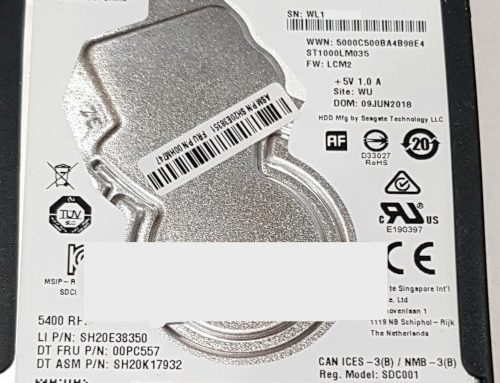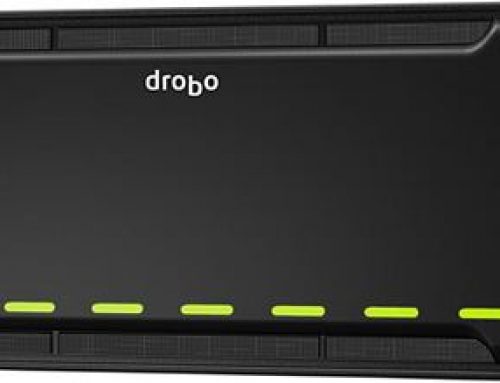Western Digital external hard drive data recovery
If your WD Passport external HDD is not showing up and if the data on your drive is important and you do not have a backup, try option 1 and 2, but no more. Constantly using your drive may make your data unrecoverable.
Before you do anything Else, if the hard drive is making a clicking/clunking/scraping noise, turn it off immediately. It may be damaging your hard drive and scraping off your data.
Also, make sure that all your files on your computer are backed up. Back them up to another drive (you will need one if you get your old drive working again) if you have to but do not proceed until they are backed up.
“My WD (Western Digital) passport is not working/recognised/showing up”
This is a query that we receive often, and it is one that can sometimes be solved easily by chaging a few things on your computer. There are a few steps to follow before anything else:
- Check that the cable is working.
- Check the drive on another computer.
- Remove power saving from your USB. (windows only)
- Reboot to safe mode
- Change drive letter
- Update WD driver in Device Manager
- If all else fails, send the drive in to us for a free assessment
1. Check the hard drive cable is working
This may sound obvious, but is the cable that was supplied with your WD passport still working?
Over time, the wires in your USB cable may deteriorate from constant moving and bending of the housing. The best way to find out if they are working or not is to change over the cable. Cables can come in many formats, and so you will have to check the end that plugs into the Western digital hard drive itself. If you cannot find one in your house, or borrow one from a friend, we are happy to lend you one.
Re-Source Hardware is situated in Malvern, VIC, so if you are in the area, call us on 03 9832 0999 and we will be happy to help with a cable as we have all types here from over 20 years of fixing external hard drives. All we ask is that you return it to us after use. Alternately, we can test it and get back to you.
If your hard drive detects correctly, back up the most important files IMMEDIATELY to the computer or to another hard drive. The reason your drive is failing could be permanent. Make sure you have a copy. DO NOT PUT IT OFF.
2. Check the drive on another computer.
Again, this may seem obvious, but take the hard drive to another computer. Even if you have an older machine lying around, it is good to see if the drive is detecting.
If you have cross platfom (MAC and PC) machines, take it to the other type. If the hard drive is not recognised on a MAC, try it on a PC. If it failed on a PC, try it on a MAC.
If your hard drive shows up, back up the most important files IMMEDIATELY to the computer or to another hard drive. The reason your drive is failing could be permanent. Make sure you have a copy. DO NOT PUT IT OFF.
3.Remove power saving from your USB. (windows only)
Sometimes, the computer can turn off your hard drive which will make it not recognise on your computer. There are a few steps to turning this off. If you are not comfortable with this step, proceed no further and send it in to us. This is for a Windows based computer:
- Go to the Start button or the magnifying glass button at the bottom left of your screen.
- type in devmgmt.msc into the search button and click on Device Manager
- Expand Universal Serial Bus Controllers
- Right click on USB Root Hub and select properties
- Go to Power Management
- Uncheck the “Allow the computer to turn off this device to save power.”
- click OK.
- Turn the Computer Off and On again without the hard drive connected.
- plug in the hard drive again.
If your hard drive comes up, back up the most important files IMMEDIATELY to the computer or to another hard drive. The reason your drive is failing could be permanent. Make sure you have a copy. DO NOT PUT IT OFF.
4. Reboot to safe mode
Sometimes, the computer is not recognising your external hard drive because of conflicts in the operating system. Booting into Safe mode may help this.
Only do this if you are confident with PC repair. Do not do this if you do not know what you are doing.
Make sure that all your files on your hard drive are backed up to another drive (or the most important files to the cloud) before going ahead.
- Go to the windows logo in the far left of your screen (or start button)
- Hold down the SHIFT key and click the POWER icon and then RESTART
The computer will then reboot into a blue window
- Click on Troubleshooting
- Click on Advanced options
- Click on Startup settings
- Click Restart
Another scrren will pop up called startup settings
- Press 4 (start computer into safe mode)
- Check to see if the external hard drive has appeared.
If your hard drive detects correctly, back up the most important files IMMEDIATELY to the computer or to another hard drive. The reason your drive is failing could be permanent. Make sure you have a copy. DO NOT PUT IT OFF.
5. Change drive letter of your WD Passport
Sometimes, changing the drive letter in disk management may work:
- Go to the search bar (magnifying glass) at the bottom left of the screen.
- Type in Disk Management
- The Control Panel should show up. Click on it.
- If your extenal WD hard drive shows up, right click on it and click on Change Drive Letter and Path
- Change the drive letter to another letter. (From D: to E: etc) Do not do this for any other drive. Do not change if you do not know what you are doing.
If your Wd Passport is detected, back up the most important files IMMEDIATELY to the computer or to another hard drive. The reason your drive is failing could be permanent. Make sure you have a copy. DO NOT PUT IT OFF.
6. Update WD driver in Device Manager
- Click on Start or on the magnifying glass
- Type: devmgmt.msc and open the device manager
- Expand Universal Serial Bus controllers
- Right-click every USB device found there and select Uninstall.
- Are there any unrecognized devices?
If your WD Passport external hard drive shows as unrecognized:
1. Go to drivers tab and delete/uninstall the driver
2. Check in File manager if the hard drive comes up as a drive. If so, back it up.
Turn the computer on and off again if it is still not recognized (without the external HDD connected)
Once the computer turns on again, plug the hard drive in again, and see if it comes up in file manager.
If your hard drive detects correctly, back up the most important files IMMEDIATELY to the computer or to another hard drive. The reason your drive is failing could be permanent. Make sure you have a copy. DO NOT PUT IT OFF.
7. If all else fails
If none of the above seems to work for you, your hard drive more than likely has an issue that canont be soved easily.
If you have vital data on the drive, do not do anything further. Any more using the drive may damge it further.
Call us immediately (03) 9832 0999 for an obligation free quote. We recover from many drives that are unable to be recongised and the above fails. We can help with all your Data Recovery Melbourne needs


